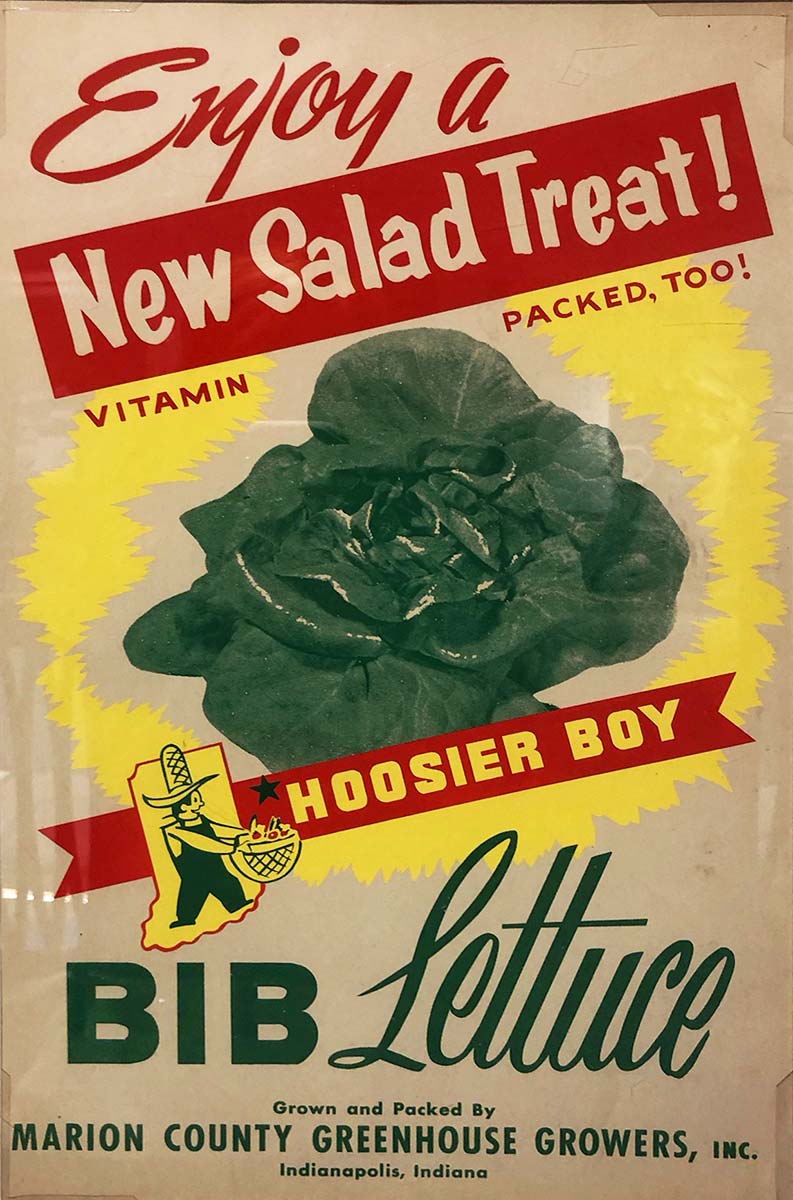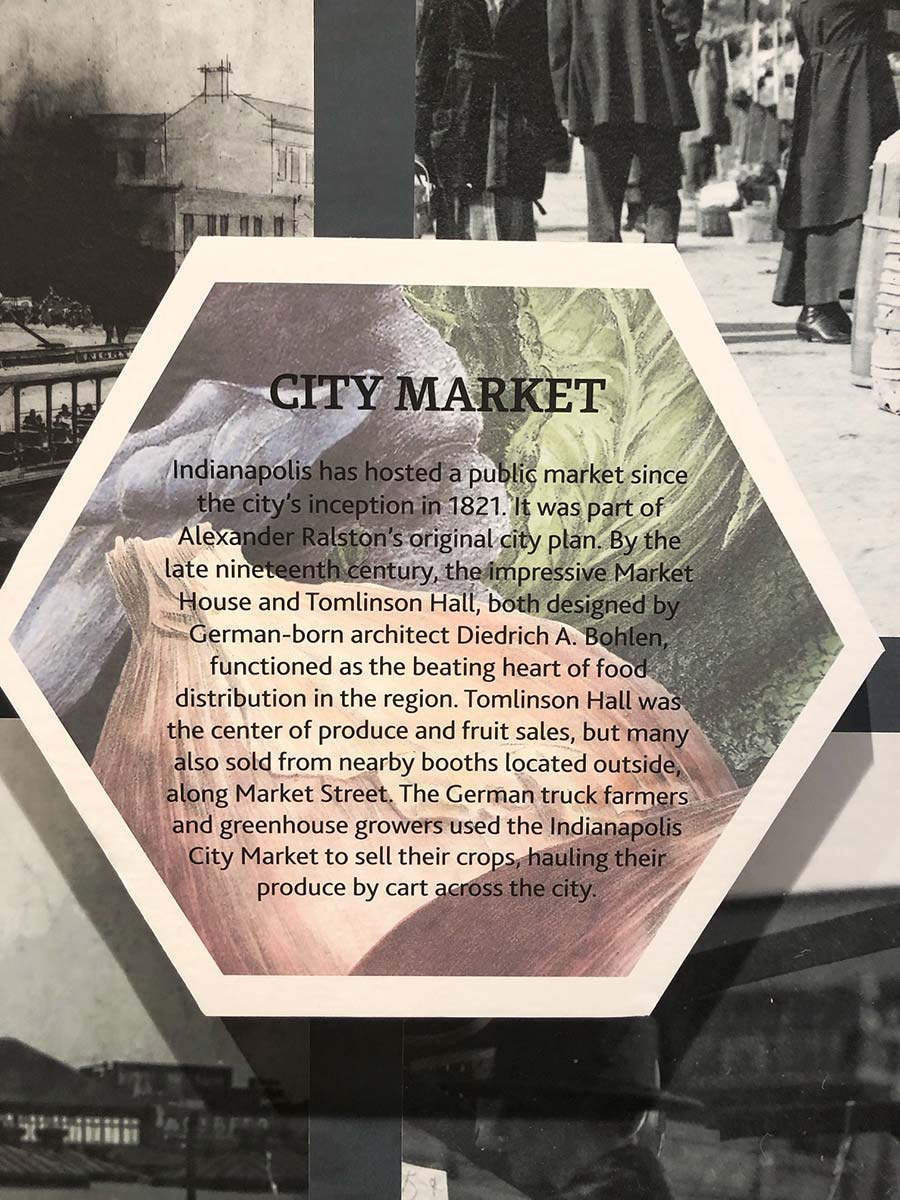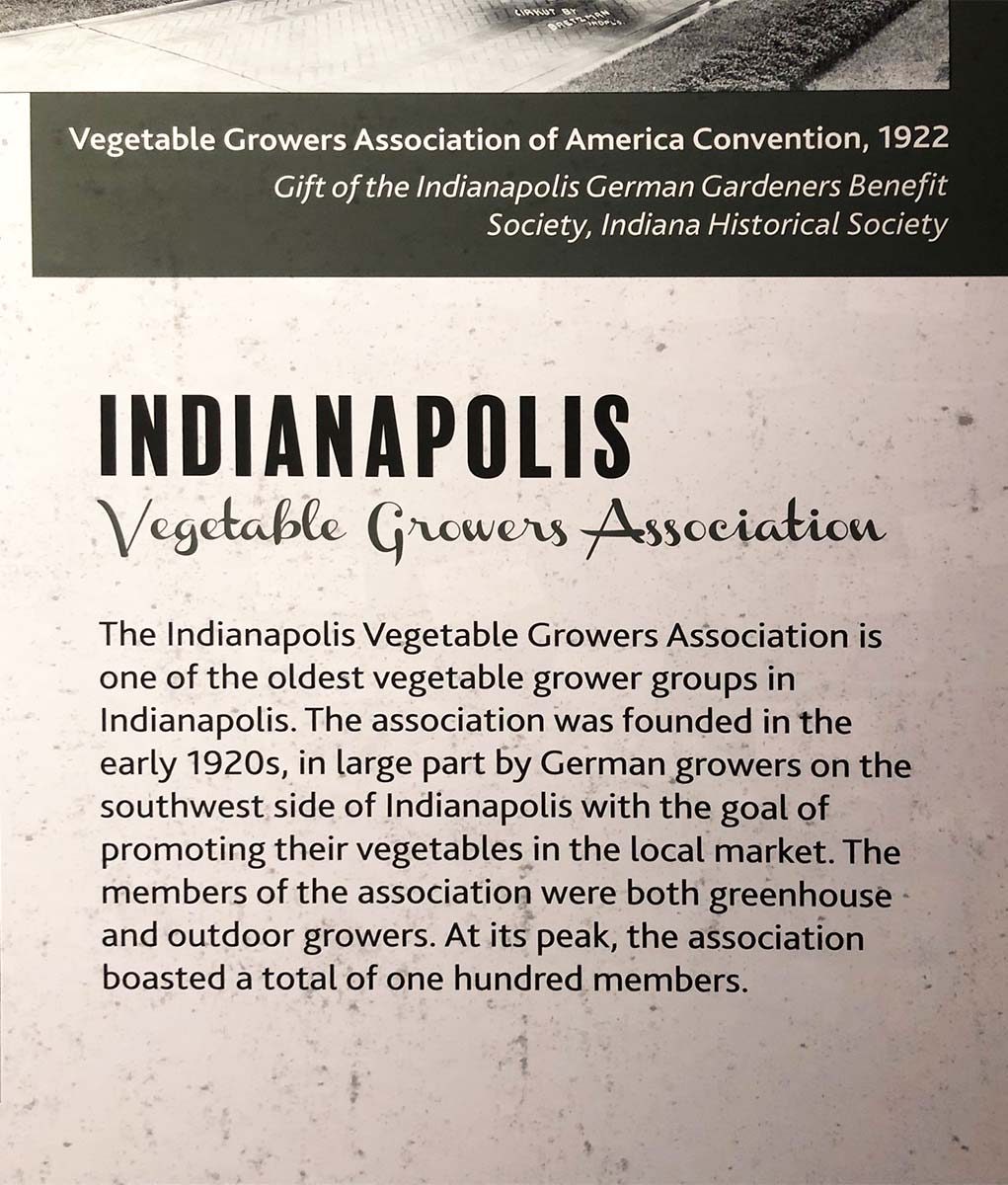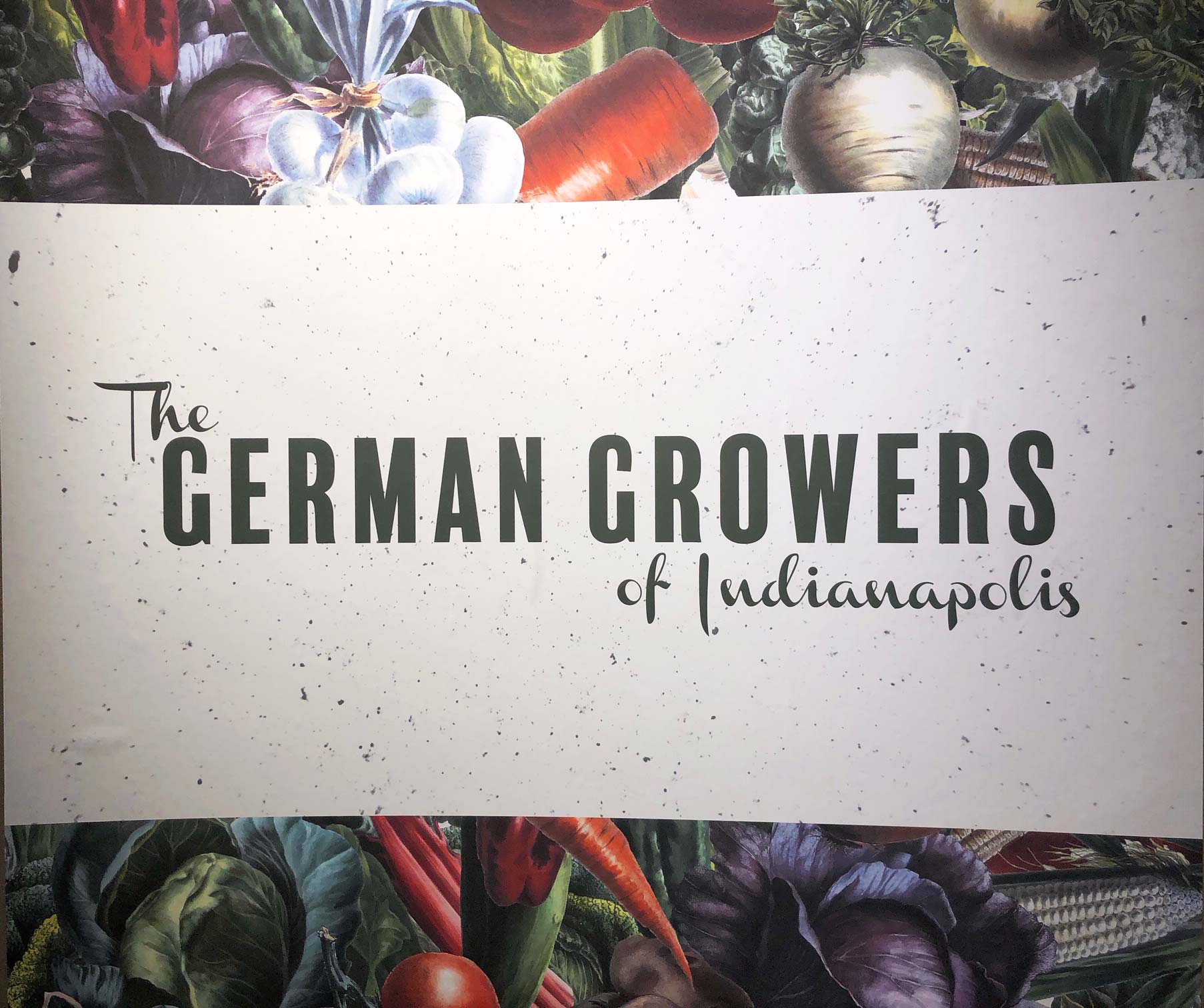The History and Heart of Indianapolis’ Farm-to-Table Movement
A new exhibition from the Indiana Historical Society (IHS) uncovers the contributions of a community that led the farm-to-table movement in Central Indiana. The exhibit, “The German Growers of Indianapolis,” explores how German immigrants shaped Indiana’s food system in the late 19th century. Daniel Gonzalez, Director of Exhibitions Research at the IHS, describes what makes this exhibit so relevant to Central Indiana residents today.
“The Indiana Historical Society is dedicated to trying to tell stories of Indiana history that explore the diversity of experience in the state,” says Gonzalez. The story of how German immigrants helped feed Indianapolis for generations represents one such story.
 “There is a modern interest in locally grown, locally sourced produced and foods, and it is interesting to look at the model created by these folks 150 years ago and the ways in which we’re looking to recreate elements they had at the time.” - Daniel Gonzalez
“There is a modern interest in locally grown, locally sourced produced and foods, and it is interesting to look at the model created by these folks 150 years ago and the ways in which we’re looking to recreate elements they had at the time.” - Daniel Gonzalez
A wave of German families settled on the south side of Indianapolis from the mid-19th century to the mid-20th century, bringing with them a tradition of locally grown fruits and vegetables, explains Gonzalez. These families grew a significant portion of the produce needed in Indianapolis.
“Many Central Indiana residents have probably driven along Bluff Road on the south side and noticed the greenhouses dotting the landscape and wondered about the story there,” says Gonzalez. “It’s always worthwhile to be able to understand the environment you inhabit a little bit better.”
“The German Growers of Indianapolis” exhibit includes archival materials such as large composite photos, panoramic photos and artwork. One special addition involves oral histories.
 “These folks certainly represented a distinct social movement. This focus on growing food locally, on creating distribution networks that are inherently local and sustainable. That’s really something I think we can bring the story to the present.” - Daniel Gonzalez
“These folks certainly represented a distinct social movement. This focus on growing food locally, on creating distribution networks that are inherently local and sustainable. That’s really something I think we can bring the story to the present.” - Daniel Gonzalez
“I hope folks will come for the oral history interviews that we did. We were able to go out and get some stories directly from the folks who lived this,” says Gonzalez. “Their narratives are incredibly beautiful, and you’ll be able to hear their voices at our audio stations.”
As a whole, this exhibit brings to life “the experience of German growers on the south side of Indianapolis,” says Gonzalez, “and what they accomplished for the city.”
Visit “The German Growers of Indianapolis exhibition” now through April 20 at the Eugene and Marilyn Glick Indiana History Center, home of the Indiana Historical Society.
Indiana History Center
450 W. Ohio St.
Indianapolis, IN 46202
 “There’s something to be gained by understanding the impact this relatively small number of people had with helping out city grow and become the modern city it became in the early 20th century.” - Daniel Gonzalez
“There’s something to be gained by understanding the impact this relatively small number of people had with helping out city grow and become the modern city it became in the early 20th century.” - Daniel Gonzalez





